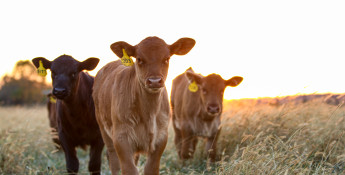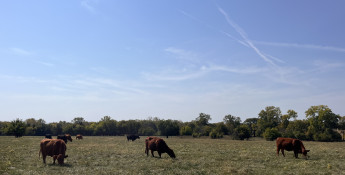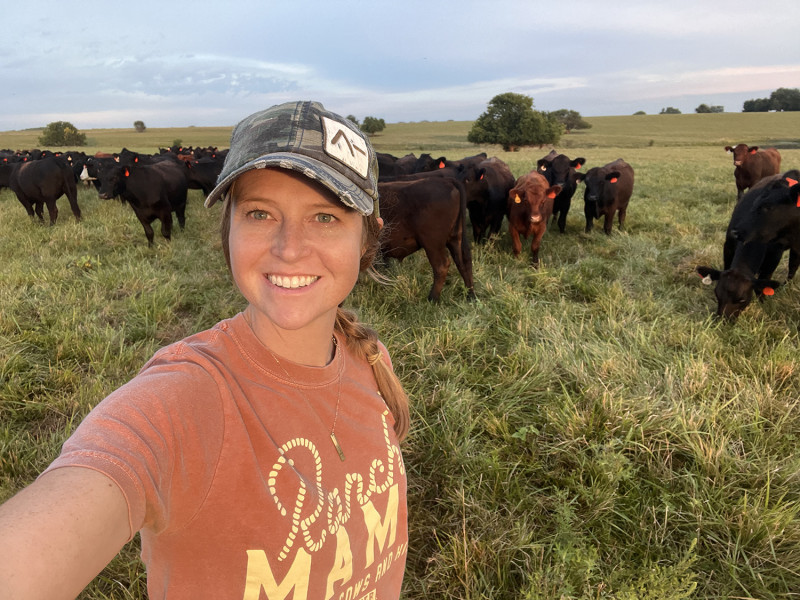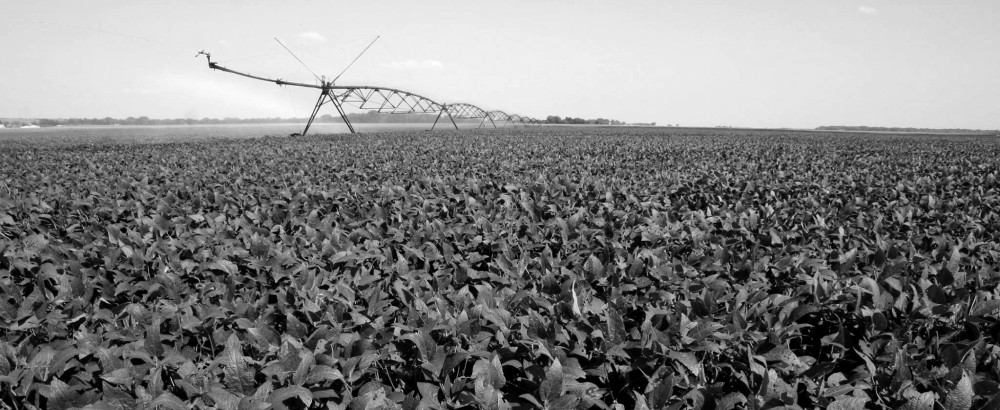By Brandi Buzzard on May 19, 2025
Lab-Grown Meat: The Controversy Grows
Part one of a two-part series discussing the importance of conventionally raised beef
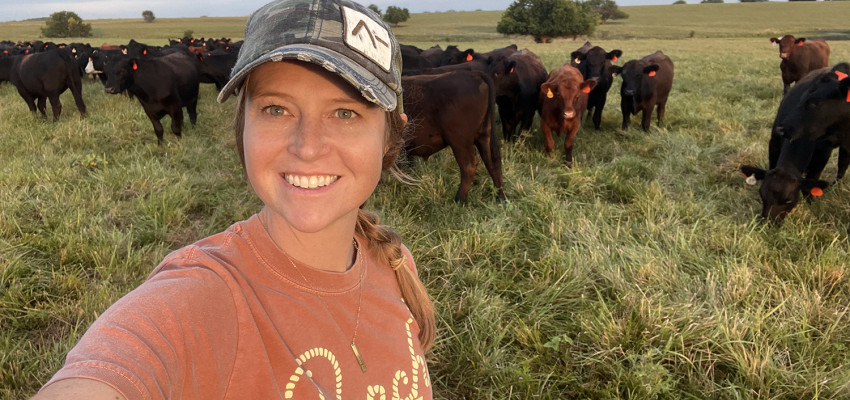
Penicillin, the first antibiotic, which drastically changed the way we treat bacterial infections, was discovered in 1928 when Alexander Fleming noticed mold growing on a petri dish was killing bacteria.
Dr. Jonas Salk distributed the first vaccine against polio in 1953, which paved the way to the development of vaccines for measles and chickenpox, thereby saving innumerable lives over the past 70-plus years.
In the early 2000s, CRISPR provided scientists with gene-editing technology to precisely modify DNA, which opened up possibilities for treating genetic diseases and developing new therapies.
Truly, laboratories and scientific development have led to some of the greatest discoveries of our lifetimes and have saved and improved millions, perhaps billions, of lives. But when it comes to lab-grown meat, count me out, y’all.
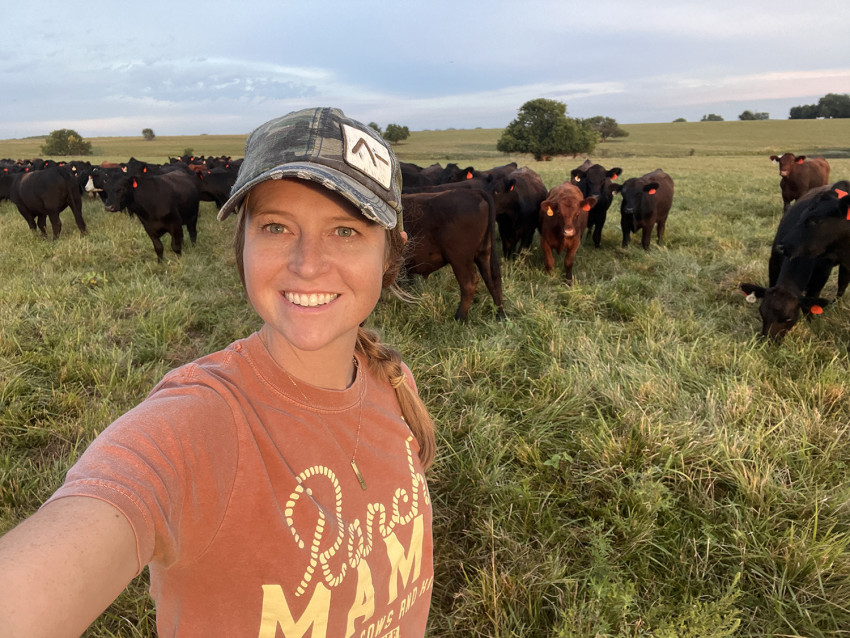 Lab-grown meat, also known as cultured meat, is produced by cultivating animal cells in a laboratory setting, rather than through traditional animal agriculture. For more than a decade, various companies have been developing and testing cultured meat products for distribution in grocery stores and restaurants. However, the motivation for these products goes back much further. As early as the 1930s, Winston Churchill questioned the need for raising an entire chicken just for a consumer to eat a wing, leg or breast when those parts could be grown “separately by a suitable medium.”
Lab-grown meat, also known as cultured meat, is produced by cultivating animal cells in a laboratory setting, rather than through traditional animal agriculture. For more than a decade, various companies have been developing and testing cultured meat products for distribution in grocery stores and restaurants. However, the motivation for these products goes back much further. As early as the 1930s, Winston Churchill questioned the need for raising an entire chicken just for a consumer to eat a wing, leg or breast when those parts could be grown “separately by a suitable medium.”
In this century, lab-grown meat advocates list a few reasons for pushing the development and sale of faux meat: 1) needing less land and yielding fewer greenhouse gases (GHG) than livestock and 2) improved animal welfare being the main opinions.
While it’s true it would take less land to grow cultured meat, claims of lower GHG seem unsubstantiated. Lab-grown meat is grown in a lab, hence the name, and to be produced on a large scale to replace real meat, would almost certainly require factories. Alongside factories comes infrastructure, waste management and other inputs that may have an environmental footprint.
Additionally, if such factories are reliant on fossil fuels to operate, then a large environmental footprint looms, undoubtedly. In my opinion, it seems like a lot of effort to displace an industry, beef specifically, which is responsible for less than 3 percent of GHG in the U.S., according to the Environmental Protection Agency.
Obviously, I can’t speak for every single beef producer but personally, no one cares more about the care and well-being of my cattle herd than my husband and me, and I know countless farmers and ranchers who feel the exact same way. Those who attest that cattle raised in modern beef production systems have a poor quality of life have likely never witnessed the effort of saving a newborn calf born in a snowstorm. Nor have they broken down crying when a cow succumbs to an incurable disease, such as cancer. Assumptions about the care for and well-being of the U.S. cattle herd are often misplaced and unsubstantiated, and when those assumptions are used as a marketing ploy, it greatly erodes trust in American farmers and ranchers.
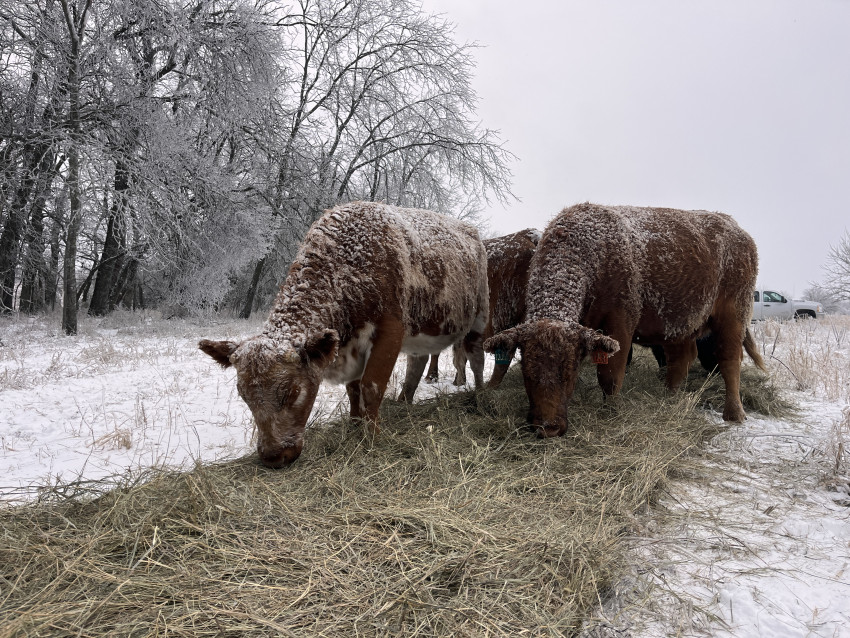 Lab-grown meat has been met with mixed responses from shoppers. A Consumer Food Insights Report from March 2024 showed consumers perceive conventional (non-cultivated) meats as tastier and healthier than their cultivated counterparts. Additionally, fewer consumers are willing to try cultivated meat than conventional.
Lab-grown meat has been met with mixed responses from shoppers. A Consumer Food Insights Report from March 2024 showed consumers perceive conventional (non-cultivated) meats as tastier and healthier than their cultivated counterparts. Additionally, fewer consumers are willing to try cultivated meat than conventional.
There is still distance between current lab-grown meat production and critical mass, as well as pricing limitations. The first lab-grown burger cost $330,000 to produce in 2013 but today that cost has been drastically lowered to approximately $30 per pound. Quite an improvement over 12 years but still very expensive compared to modern meat production retail prices.
There are many factors at play surrounding lab-grown meat; more than can be addressed in one article. Hence, part two of this topic will address how ranchers, state governments and non-governmental organizations are addressing lab-grown meat in the marketplace and ensuring clear labeling of these products. Look for that post in June!

